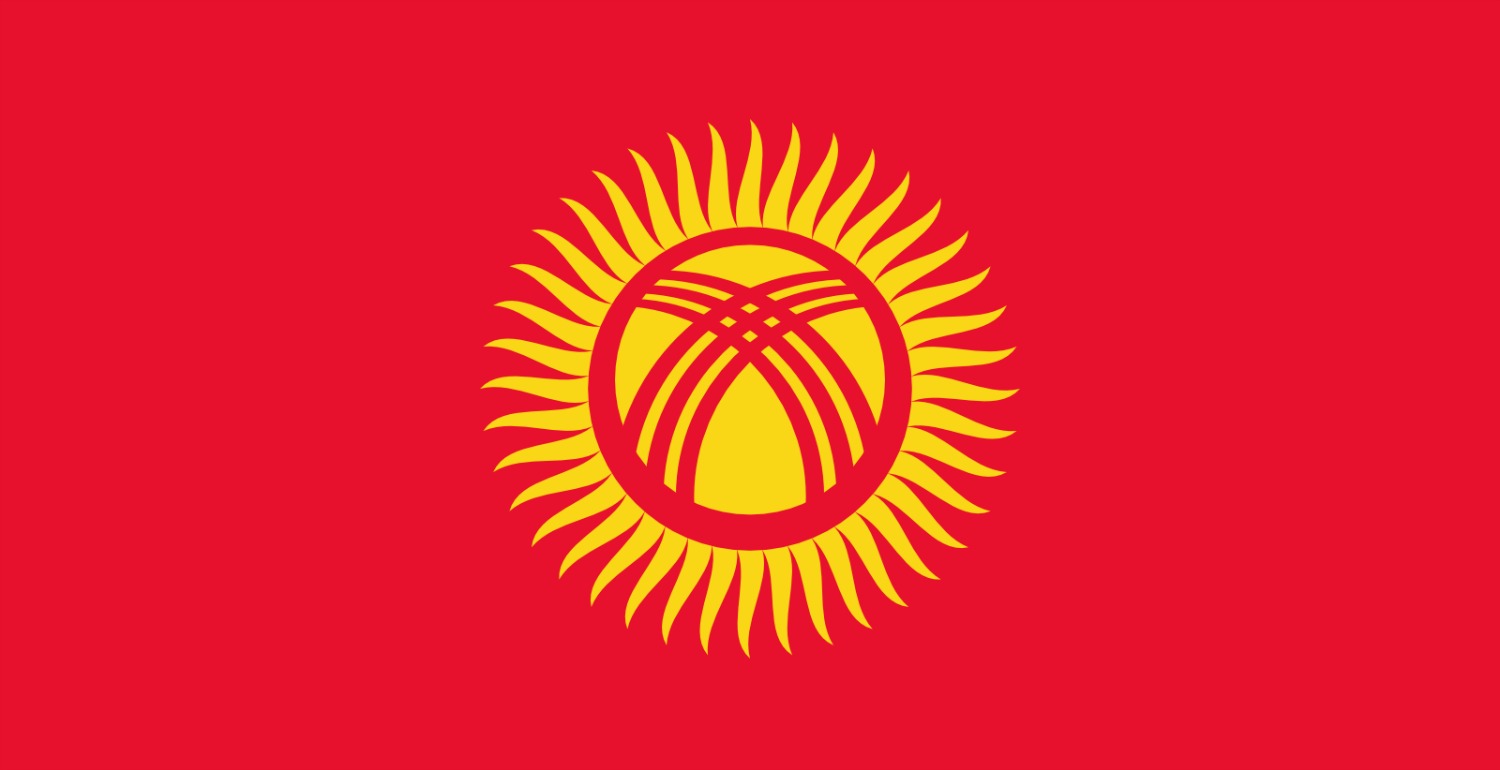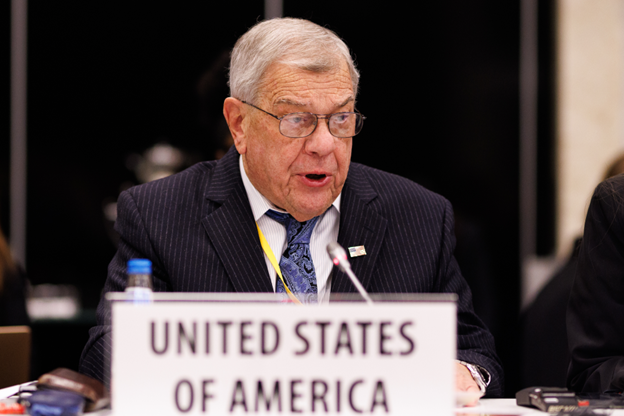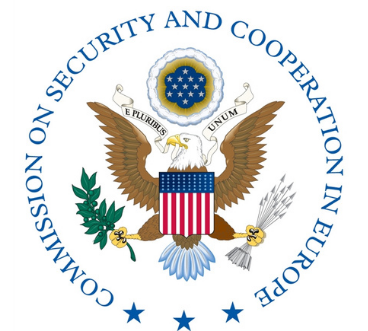By Janice Helwig and Shelly Han
The OSCE concluded that although the October 10, 2010 elections in Kyrgyzstan were conducted peacefully – no small feat following the April 2010 revolution – and demonstrated a significant increase in pluralism as compared to previous elections, there remains an “urgent need for profound electoral legal reform.” Two Helsinki Commission staff members traveled to Kyrgyzstan to observe the election as part of the OSCE Parliamentary Assembly delegation and were deployed in the Osh and Kara-suu region. Although the staff experience was not inconsistent with the overall OSCE conclusion, Osh and the surrounding region appear to have had more problems during the election than other areas of the country.
In June, the constitution had been changed through a referendum to give the parliament a stronger role than the President. The improvement in the conduct of the election may have been partly a result of that change in that, because of the new parliamentary system and the relatively large number of parties competing, no one party or group could manipulate the election nationwide (which appeared to have been the case in the 2009 presidential elections). In fact, the close result which divided parliamentary seats among several main parties was a good indicator of an open competition. Nevertheless, there were some problems at the local level, where there may have been attempts to influence the outcome. In the Osh and Kara-suu region, there appeared to be problems particularly with the voters list, the inking process, and the counting process.
For example, in almost all the polling visited by Commission staff, about a third of those who had voted had added themselves to the additional list with just their ID. Other international observers reported similar findings. This would indicate that either the main voters list was extremely inaccurate, or something more problematic may have been going on. In one polling station, a man tried to add himself to the additional list but was turned down while the staff was present; he clearly was not satisfied and went back in to try again as they left. Another international observer in the neighboring Uzgen area reported the same pattern, but, suspiciously, only in polling stations easily accessible from the main road. According to the election law, the registration of any voter on the additional list should have been counterchecked and signed by an adviser or observer in the polling station, but that did not happen during the day. At the closing in one polling station, the Chairwoman had a colleague counter sign all 225 additions to the list.
The inking procedure also appeared to be a problem. In theory, anyone adding themselves to the additional list should not have been able to vote anywhere else because of the use of invisible ink sprayed on each voter’s thumb. However, spraying and checking for ink in the polling stations appeared to be haphazardly conducted. Domestic observers had to stay in their chairs across the room and could not see whether the ink checker was effective. Moreover, when Commission staff asked people who had been inked earlier it the day to put their thumb under the light, little or no ink was visible. The ink seemed not to work all of the time, or perhaps to have washed off easily.
There also were significant problems in processing protocols during the counting process in the Kara-suu district. At the district counting station, the halls and stairways were lined with polling station chairpersons busily erasing and refilling in their protocols. Protocols and stamps were strewn around everywhere. It may have been that the chairpersons were simply trying to get their numbers to add up properly so they would be accepted by Shailoo, the computerized vote-counting system. On the other hand, the numbers also could have been in the process of being changed to influence the outcome. Regardless of intent, last minute changes to protocols made unilaterally by chairpersons should not have been allowed as no observers were present and there were no controls in place to prevent fraud.
Official turnout figures said that Osh had the highest voter turnout in the country, at about sixty-six percent. However, Commission staff did not see polling stations with a turnout higher than forty-five percent, nor did other international observers in the area. Interestingly, the turnout in ethnic Uzbek areas appeared to be about the same as in ethnic Kyrgyz areas. Many ethnic Uzbeks said they were “voting for peace,” although it was not clear whether that meant that moving forward with any new parliament would be positive, or if it meant that voting for a certain party would benefit ethnic Uzbeks. Some ethnic Uzbek community leaders had said prior to election day that most political parties had offered their communities money and/or infrastructure improvements in exchange for their votes.
Ethnic tensions remain a concern
Prior to election day, Commission staff were able to visit several of the Osh neighborhoods destroyed in the June violence, as well as one tent camp. The scale and scope of the destruction in ethnic Uzbek areas was enormous. And in mixed neighborhoods – for example near Shark – the house-by-house, business-by-business singling out of Uzbek-owned structures for destruction was clear. All of the victims staff spoke with appeared to be still afraid and did not see any future in Kyrgyzstan. All wanted to leave but did not have the means to do so. None wanted to go to Uzbekistan; rather they wanted to go to Russia or anywhere else where they might find economic opportunities. While rebuilding of homes was clearly progressing, the question of earning a living in the long term was an overwhelming concern.
The divide between ethnic Uzbeks and ethnic Kyrgyz is wide and seems to be growing. Many ethnic Kyrgyz seem to genuinely believe that ethnic Uzbeks were responsible for the violence, and even burned down their own houses in an effort to get international attention. Kyrgyz media and the government seem to be reinforcing this message. If the region is to move forward and avoid future violence, there needs to be some mechanism for accountability and reconciliation. However, so far only ethnic Uzbeks have been arrested and put on trial, and the trials appear to have been unfairly conducted. Ethnic Uzbek defendants have been routinely attacked by ethnic Kyrgyz mobs during the trials, as have media representatives trying to report on the proceedings. In general, journalists and human rights defenders fear retaliation if they report on abuses against ethnic Uzbeks; as a result, there have been few voices speaking out. Standing in the ruins of his home, a man shows Commission staff the photo of his sister, who was killed during the violence in June.
This ethnic divide is likely to fester unless something is done to build confidence between the main ethnic groups and provide economic opportunities for all. Moreover, disenfranchised youth could be vulnerable to recruitment by extremist organizations. The new government will face many challenges, not least addressing continuing ethnic tension in the south.



